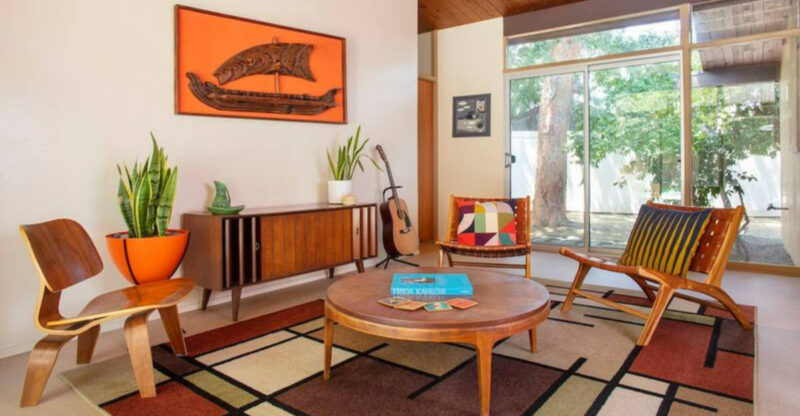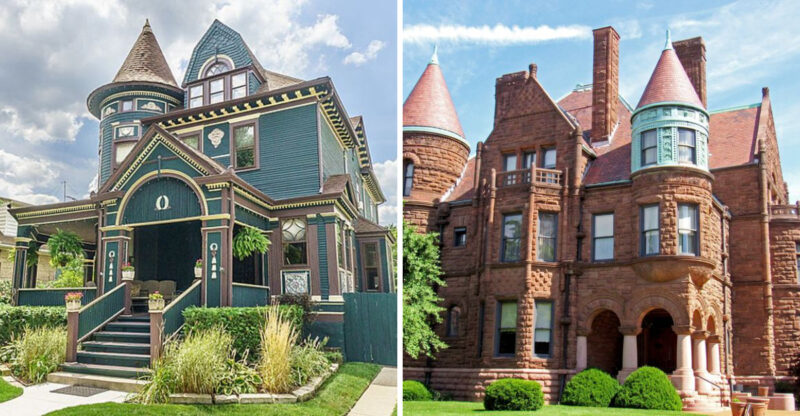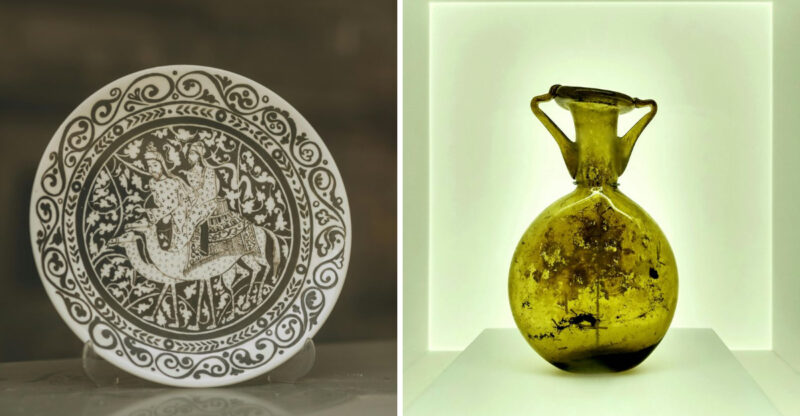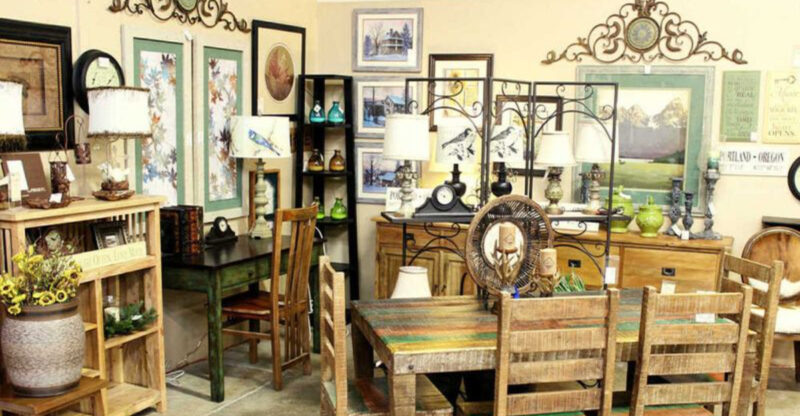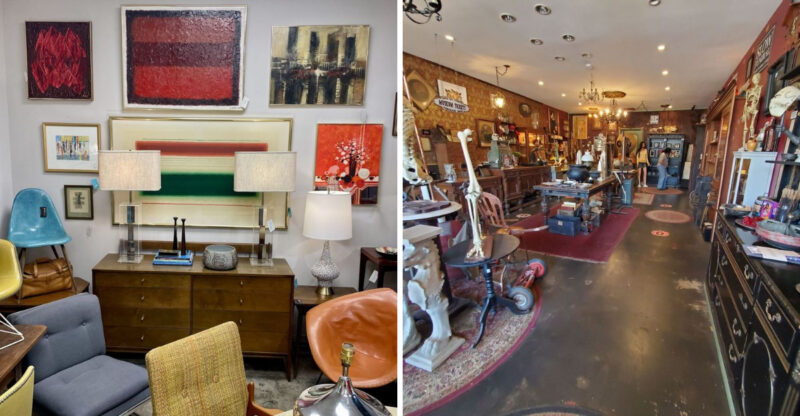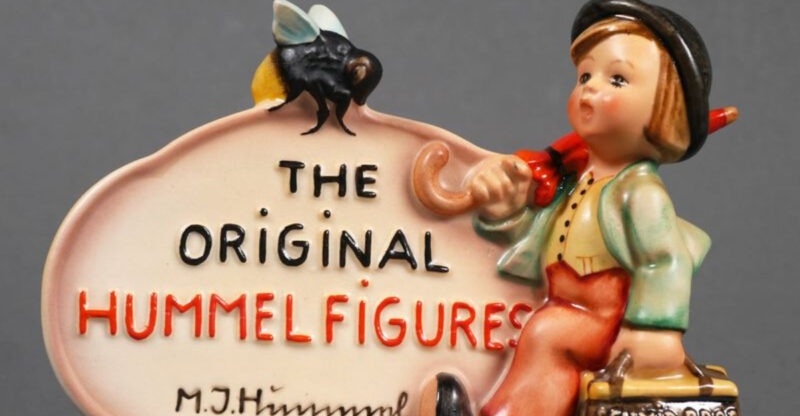9 Vermont Collectibles Nobody Wants Anymore (And 3 Still Loved By Collectors)
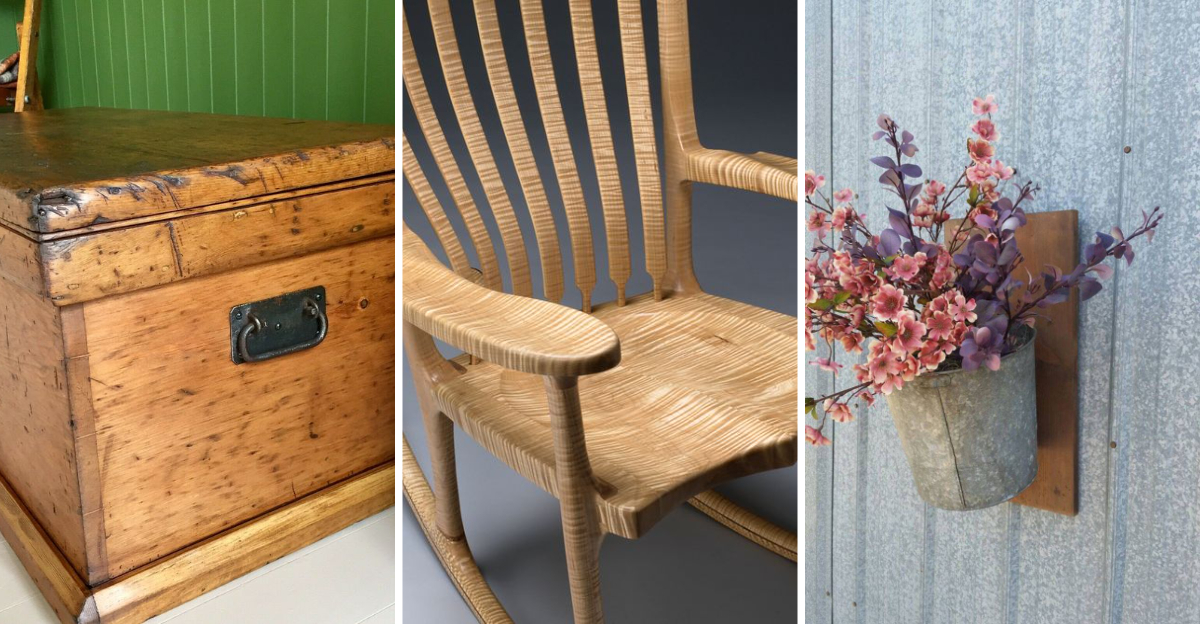
Vermont’s rich tradition of craftsmanship has produced countless collectibles over the decades. While some items remain treasured finds that spark bidding wars at auctions, others have lost their appeal entirely.
I’ve explored the Green Mountain State’s antique shops and flea markets to discover which Vermont-made items collectors now pass by without a second glance and which ones still cause excitement when they appear on the market.
1. Plastic Maple-Shaped Cutting Boards
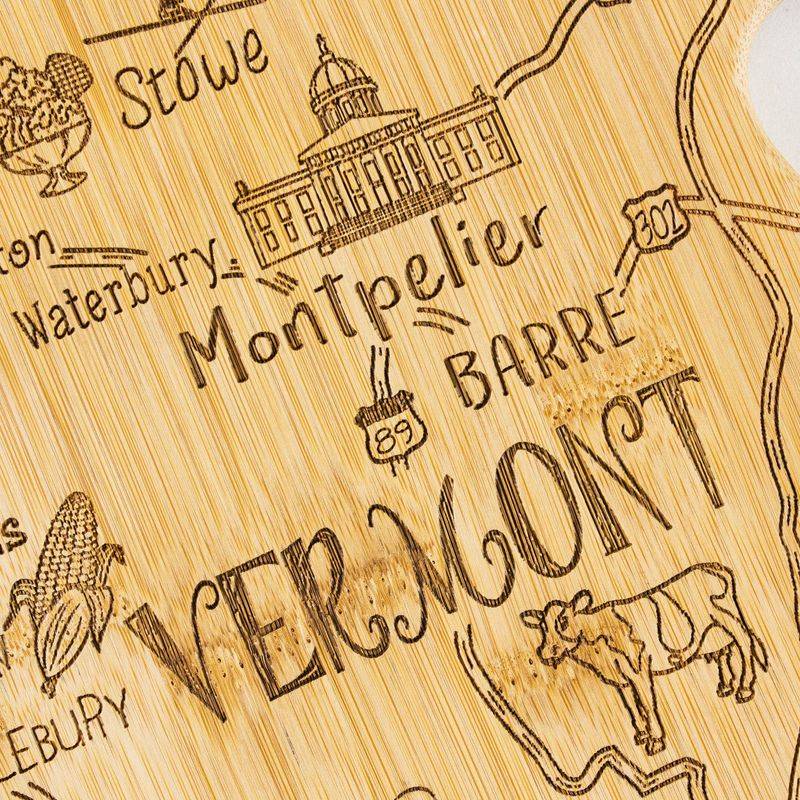
Remember when these kitschy kitchen items seemed like the perfect Vermont souvenir? Once stocked in every gift shop from Bennington to Burlington, plastic maple leaf cutting boards have fallen dramatically out of favor.
Time hasn’t been kind to these tacky trinkets. Their garish colors fade unevenly, and the cheap plastic develops unsightly knife marks and stains that no amount of scrubbing can remove. Food safety concerns have also contributed to their downfall, as bacteria easily hide in the countless scratches.
Most thrift stores can’t even give these away nowadays. If you inherited one from Grandma’s kitchen, it’s best repurposed as garden art or simply recycled rather than trying to sell it to today’s collectors.
2. Cheap Souvenir Wood Carvings
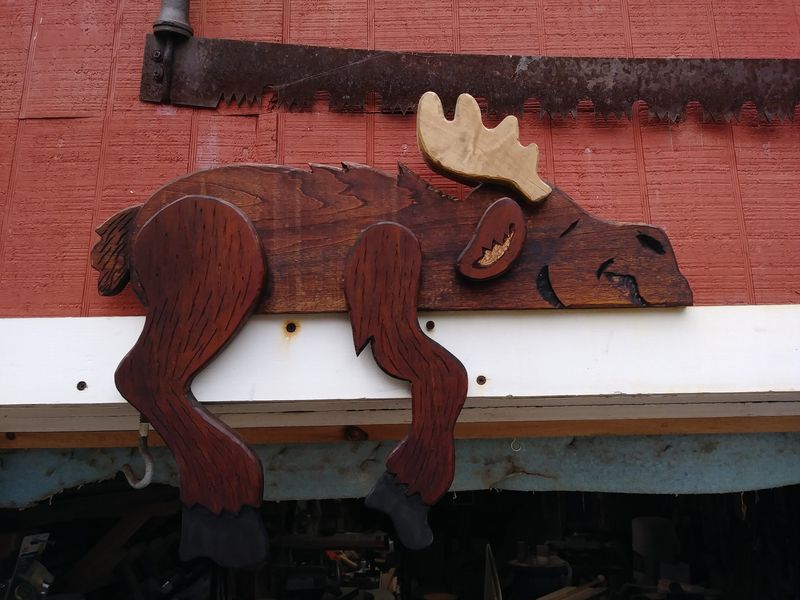
Mass-produced wooden bears, moose, and other woodland creatures once dominated Vermont gift shop shelves. These hastily made souvenirs – often not even carved in Vermont but imported from overseas – have lost all collector appeal.
Crude details, poor craftsmanship, and that unmistakable factory-made uniformity make these items instant thrift store donations. The wood quality is typically subpar, prone to cracking and warping over time. Many have already deteriorated beyond recognition.
Even dedicated collectors of Vermont memorabilia now avoid these pieces entirely. If you’re looking to declutter, don’t expect these carvings to fetch any money at yard sales – they’ve become the definition of worthless tourist trinkets that nobody wants to display anymore.
3. Faded Quilted Table Runners
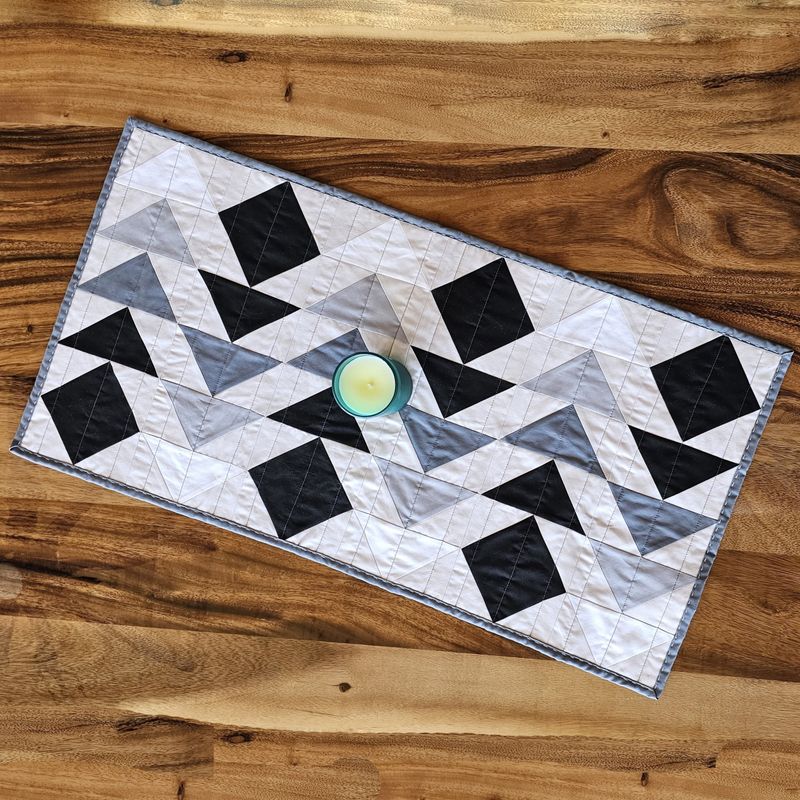
What happens when mass-produced textile souvenirs meet decades of sunlight? The answer lies in those faded quilted table runners depicting Vermont autumn scenes that once adorned dining rooms across America.
Manufacturing shortcuts like heat-transferred images and synthetic fabrics have left these items looking sadly dated. The once-vibrant fall foliage scenes have faded to unrecognizable blobs of color. Worse still, many suffer from unraveling edges and permanent stains from years of use.
Unlike authentic hand-quilted Vermont textiles (which still command respect), these factory-made runners hold zero appeal for serious collectors. Estate sale professionals often don’t even bother pricing them individually anymore – they’re simply tossed into dollar boxes with other unwanted linens.
4. Novelty Syrup Bottle Candle Holders
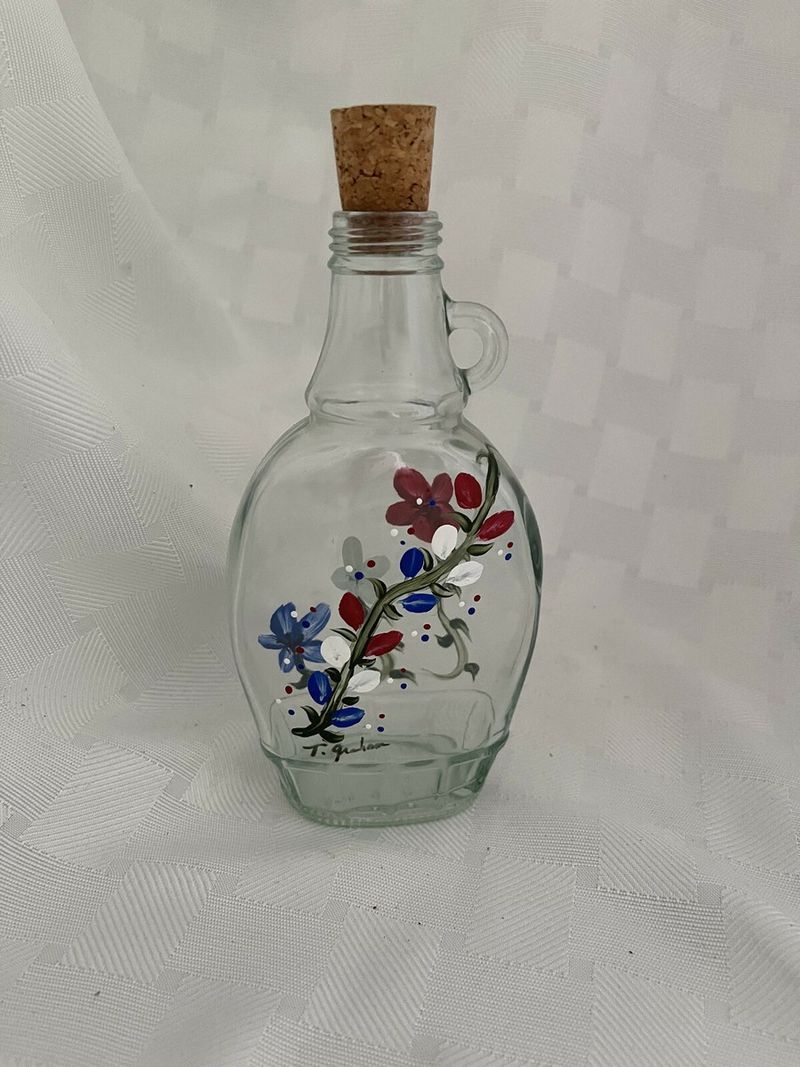
During the 1970s and 80s, crafters found endless ways to repurpose empty maple syrup bottles. The most common transformation? Turning them into kitschy candle holders with plastic maple leaf decorations glued haphazardly to the glass.
Fire safety concerns alone make these items practically worthless today. The flammable plastic decorations and unstable designs create genuine hazards that modern collectors wisely avoid. Years of candle smoke has typically left the glass permanently discolored with an unattractive yellowish film.
Antique dealers across Vermont unanimously report these as “no-sell” items that languish indefinitely on shelves. If you’re clearing out an attic full of these relics, consider removing any plastic parts for recycling and repurposing the bottles instead of trying to sell them.
5. Mass-Produced Moose-Themed Coasters
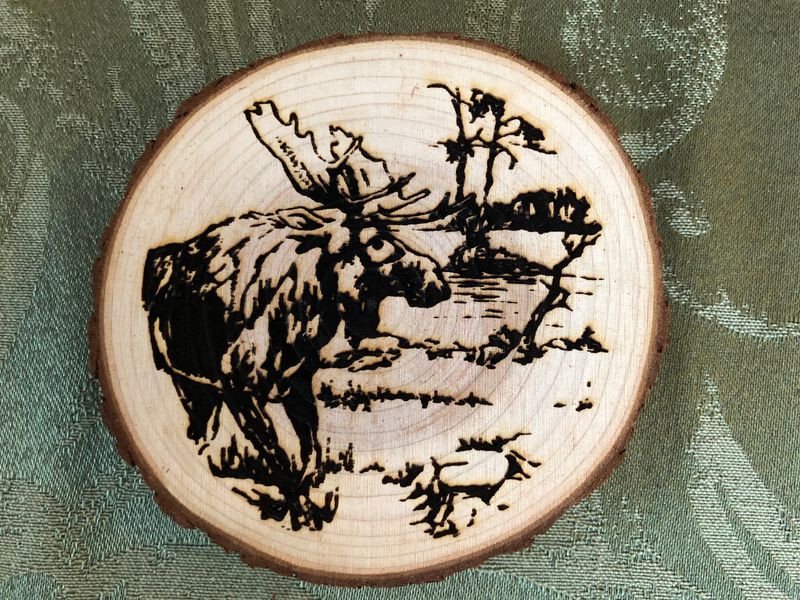
Moose motifs dominated Vermont souvenir shops throughout the 1990s, with cork-backed coasters being particularly ubiquitous. These mass-produced items featured cartoonish moose silhouettes on cheap materials that rarely stood the test of time.
The cork backing typically deteriorated after minimal use, leaving behind a crumbling mess and rendering the coasters functionally useless. The printed images faded dramatically, especially if they ever actually served their purpose of protecting furniture from wet glasses.
Today’s more sophisticated home décor trends have left these dated items completely unwanted. Antique mall vendors report that even pricing them at 50 cents each doesn’t generate interest. If you’ve inherited a set, they’re better repurposed for craft projects than offered for sale to nonexistent collectors.
6. Moldy Handmade Rag Rugs
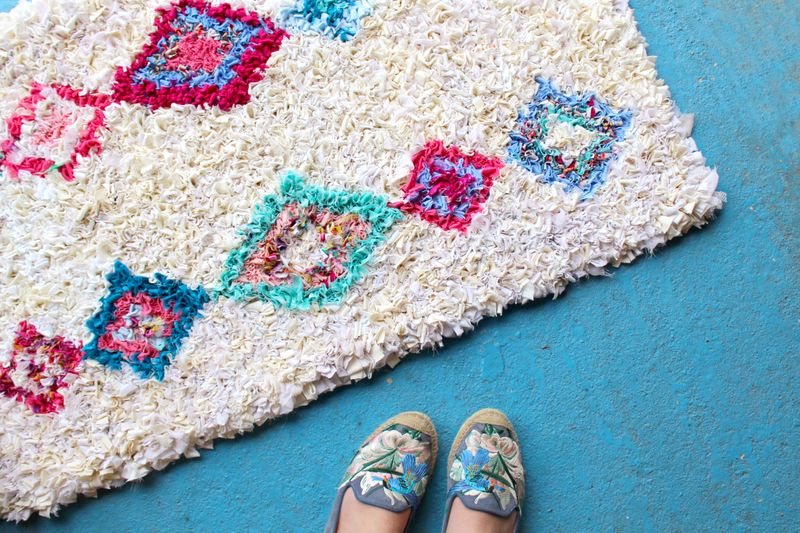
Handcrafted rag rugs once represented Vermont’s practical, waste-not approach to home décor. Unfortunately, decades of improper storage have left many vintage examples with musty odors and mildew problems that make them completely unsellable.
The organic materials in these rugs – typically repurposed cotton clothing – readily absorb moisture and develop stubborn mold issues that prove nearly impossible to fully eliminate. Health concerns regarding allergens have made these items particularly undesirable in today’s market.
While pristine examples of Vermont folk textile art still hold value, the vast majority of old rag rugs found in barns and attics across the state are destined for disposal rather than collection. Even free listings for these items often go unclaimed, as restoration costs far exceed any potential value they might hold.
7. Chipped Glass Maple Syrup Jars
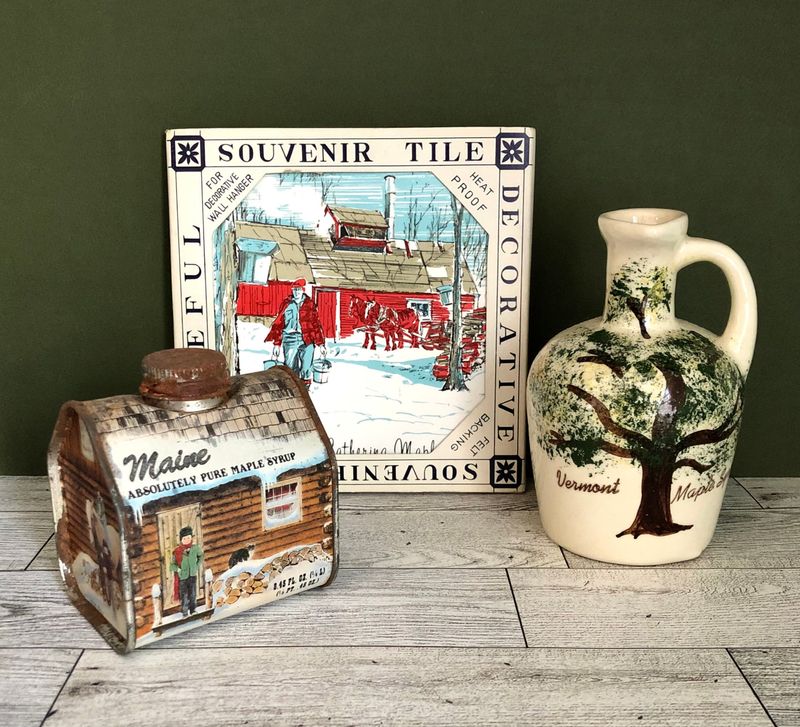
Novelty glass containers shaped like maple leaves, cabins, and Vermont outlines once housed authentic maple syrup. Despite their quaint appearance, these damaged vessels have virtually no resale value in today’s market.
Food safety concerns make chipped glass containers completely undesirable for their original purpose. The decorative value has similarly plummeted as contemporary décor trends favor cleaner, more minimalist aesthetics over cluttered knick-knacks.
Antique dealers across New England report that these damaged containers are among the most frequently rejected items at buying events. Even pristine examples struggle to find buyers, while chipped or cracked versions are essentially worthless. If you’ve inherited a collection, consider repurposing the intact ones as small flower vases rather than hoping to sell them.
8. Worn Cedar Chest Liners
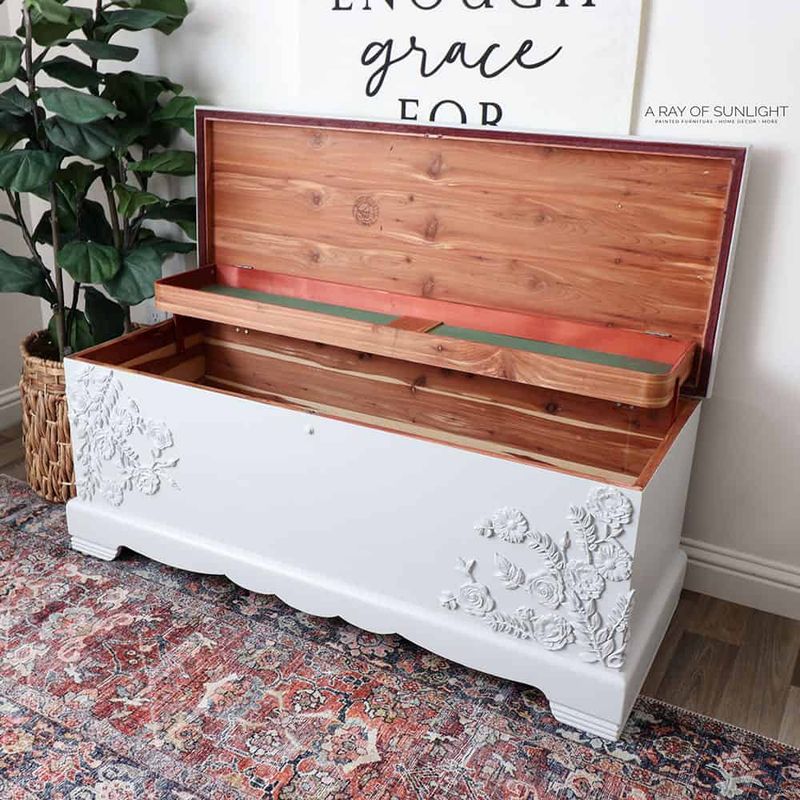
Cedar chest paper liners featuring Vermont scenes were once considered essential for protecting woolens throughout the harsh New England winters. These decorative papers have now joined the ranks of completely unwanted collectibles.
Years of exposure to cedar oils has typically left these papers discolored and brittle. The printed scenes of covered bridges and sugar houses have faded beyond recognition in most cases. Many also bear the unmistakable evidence of moth damage or other pest activity.
Even Vermont historical societies rarely accept these ephemeral items anymore unless they’re in pristine condition. The market has completely collapsed as cedar chests themselves have fallen out of favor with younger generations. If you’re clearing out an estate, these paper liners are unfortunately destined for recycling rather than resale.
9. Faded Bunkhouse-Style Throw Blankets
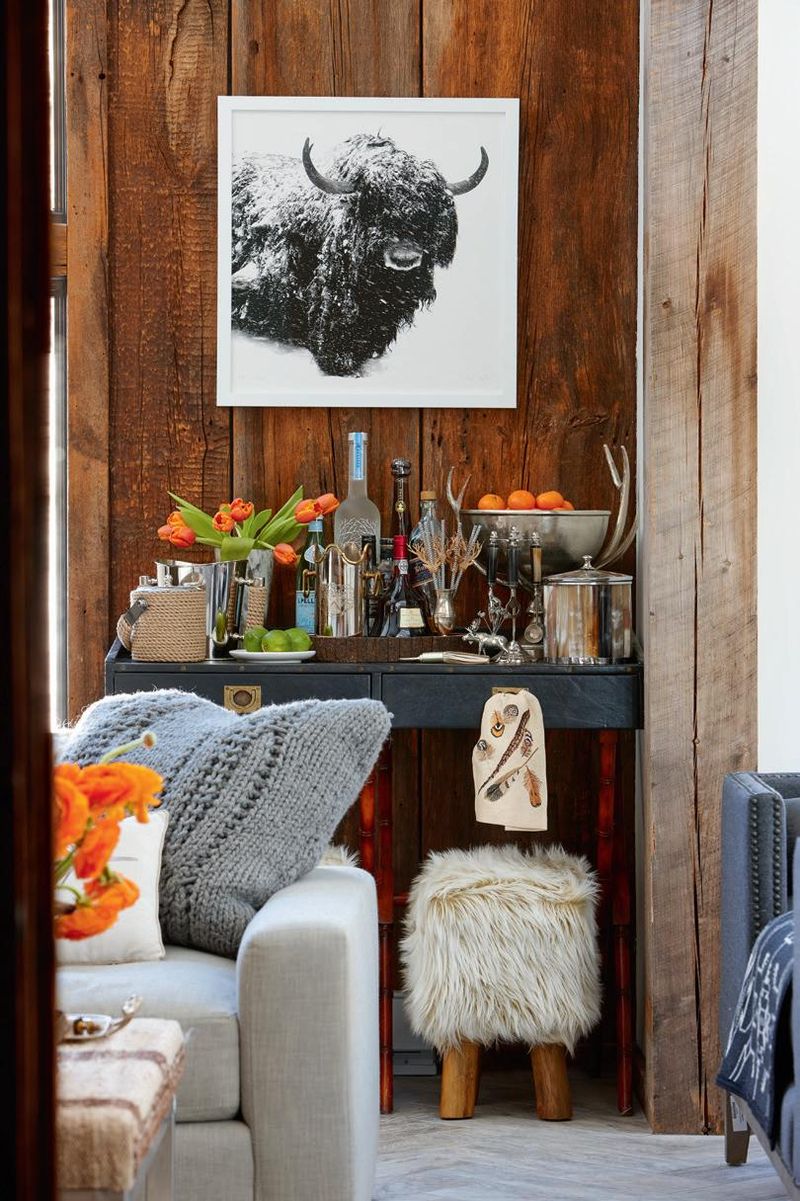
Acrylic throw blankets featuring bold Vermont-themed graphics once adorned countless ski lodges and vacation cabins. These mass-produced textiles have aged particularly poorly, leaving behind faded, pill-covered relics that nobody wants.
The synthetic materials used in these blankets haven’t stood the test of time. Most examples now feature that unmistakable “thrift store smell” that proves nearly impossible to eliminate. The once-vibrant colors depicting mountain scenes and wildlife have faded dramatically, especially along fold lines.
Modern collectors seeking authentic Vermont textiles specifically avoid these machine-made items. Even priced at a dollar or two, these blankets routinely go unsold at estate sales across the region. Their bulky nature and poor condition make them particularly difficult to store or ship, further diminishing any potential collector interest.
10. Antique Pine Blanket Chests
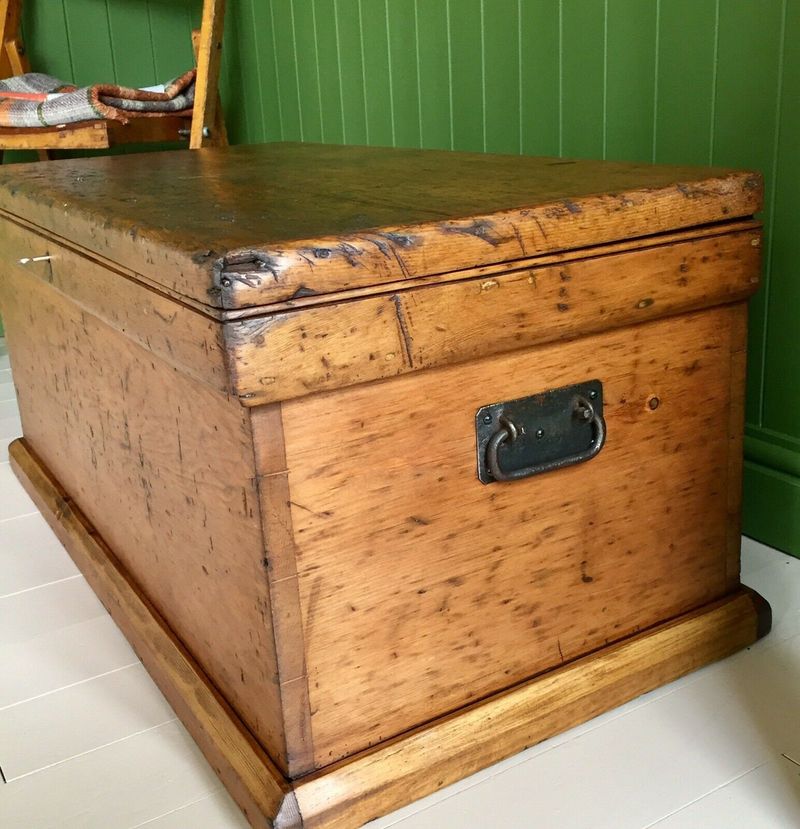
Handcrafted pine blanket chests remain among Vermont’s most sought-after antiques. These practical storage pieces – often dating back to the early 19th century – continue to command impressive prices at auctions and antique shops throughout New England.
The enduring appeal lies in their honest construction and beautiful patina that only improves with age. Collectors particularly value examples with original hardware, hand-cut dovetail joints, and documented provenance connecting them to specific Vermont craftsmen or families.
Unlike mass-produced furniture, these chests serve multiple purposes in modern homes – functioning as coffee tables, bench seating, or their original storage role. Their versatility and timeless design ensure continued demand. Prices for authenticated early Vermont examples in good condition regularly reach several thousand dollars, with rare pieces occasionally fetching five figures at specialized auctions.
11. Hand-Carved Wooden Rocking Chairs
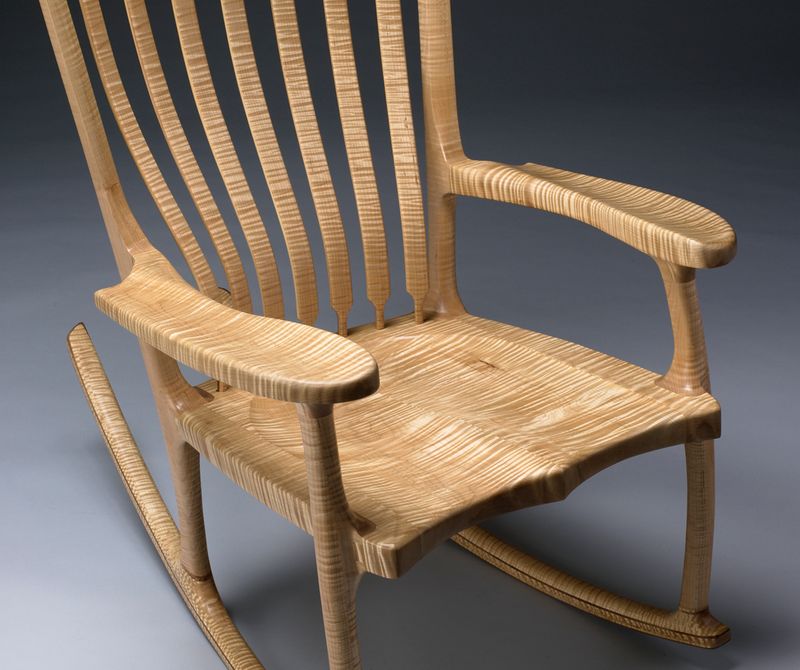
Vermont’s tradition of handcrafted rocking chairs continues to captivate serious collectors nationwide. Unlike factory-made furniture, these individually crafted pieces showcase the distinctive style and technique of specific artisans.
The most desirable examples feature traditional continuous-arm designs, hand-shaped seats with natural wear patterns, and the subtle asymmetry that reveals human craftsmanship. Collectors eagerly seek chairs with documented connections to renowned Vermont woodworkers like Ebenezer Matteson or the Windsor tradition.
Beyond their aesthetic appeal, these chairs offer remarkable comfort derived from generations of design refinement. Their functional excellence explains why they remain actively used rather than merely displayed. Well-preserved examples regularly command premium prices at specialized auctions, with documented 18th and early 19th century chairs sometimes fetching well over $10,000 from dedicated collectors.
12. Vintage Vermont Maple Sap Buckets
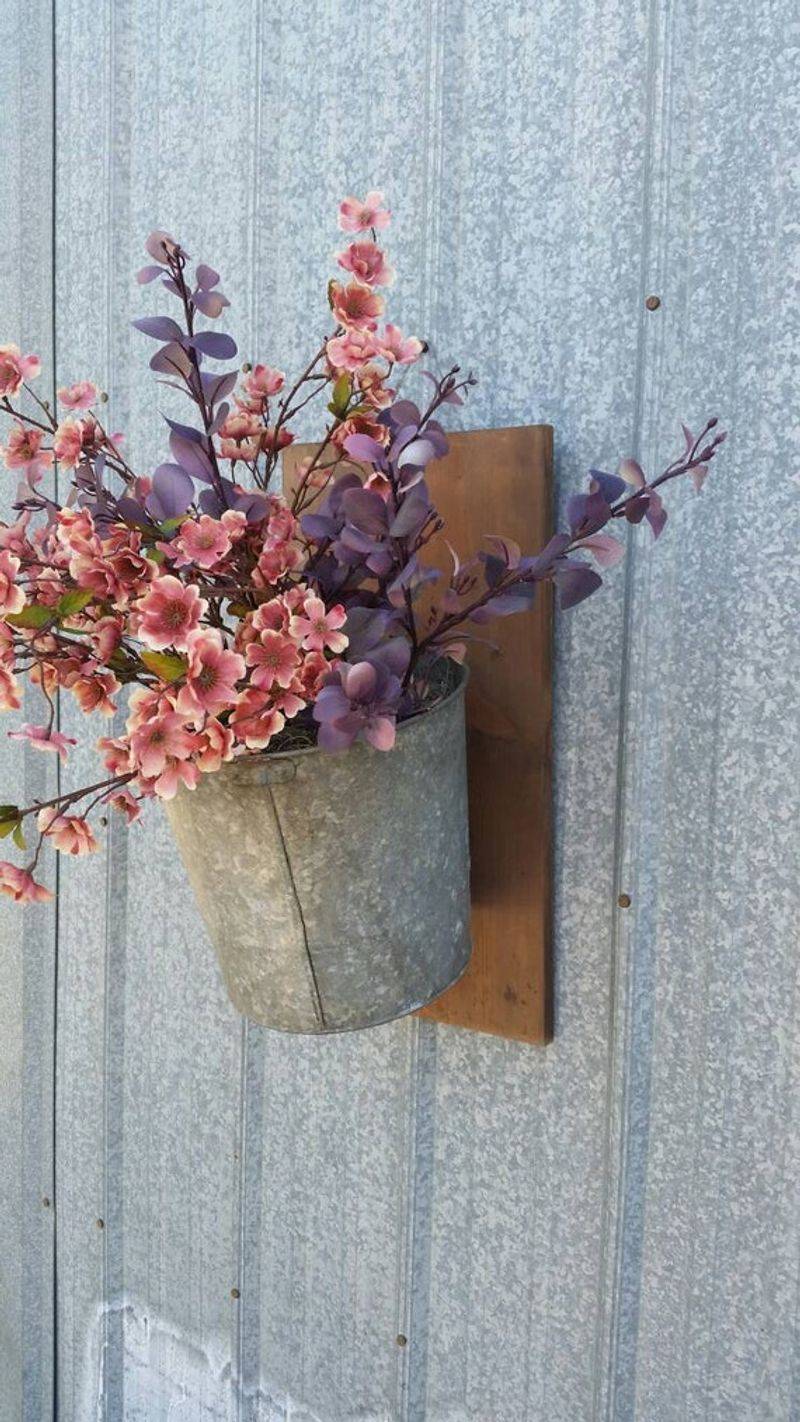
Authentic vintage maple sap buckets remain perpetually in demand among collectors and decorators alike. These galvanized metal vessels tell the story of Vermont’s signature industry through their honest wear and practical design.
Unlike reproduction buckets (which flood the market), genuine vintage examples show distinctive aging patterns – the characteristic rust spots, dents from years of hanging on maple trees, and often hand-stamped maker’s marks from Vermont foundries. Collectors particularly value complete sets that include the original lids and taps.
Their popularity extends beyond traditional collectors to include restaurants, wedding decorators, and homeowners seeking authentic farmhouse décor. This broad appeal keeps prices remarkably stable even during economic downturns. While common examples might sell for $40-60, rare early wooden-handled versions or those with unusual maker’s marks can command several hundred dollars from specialized collectors.

